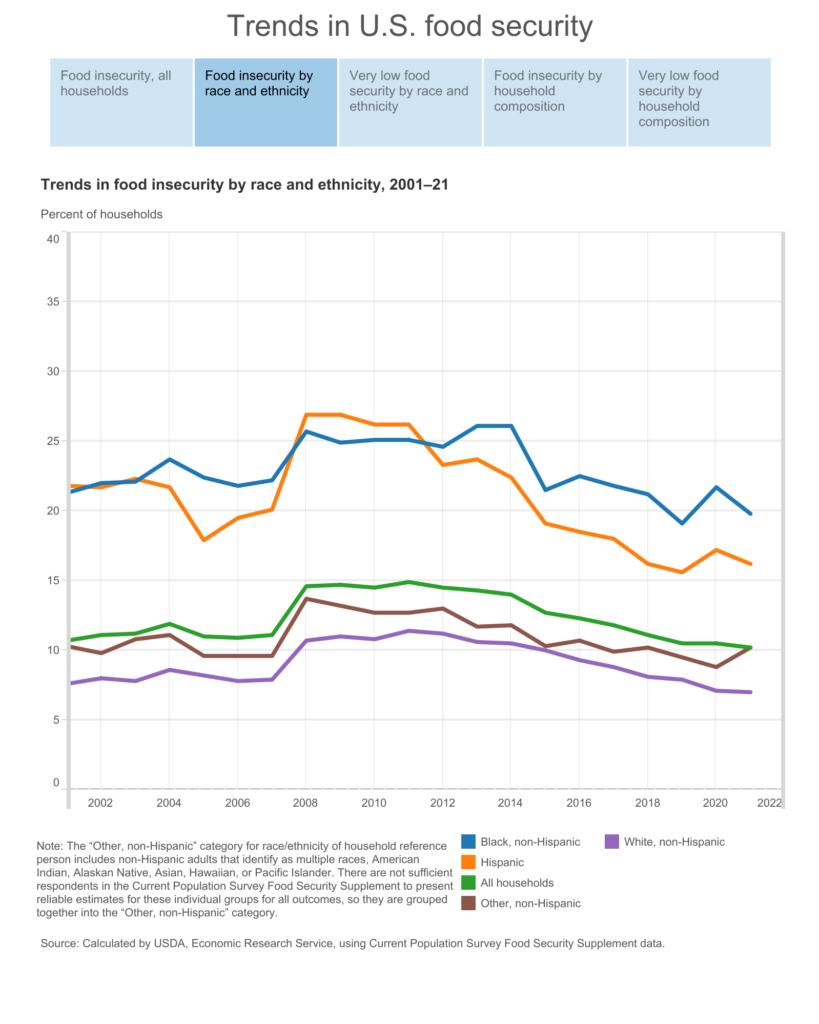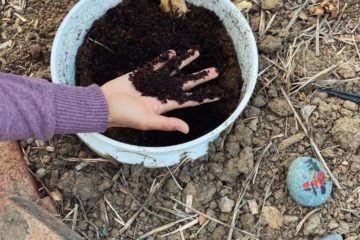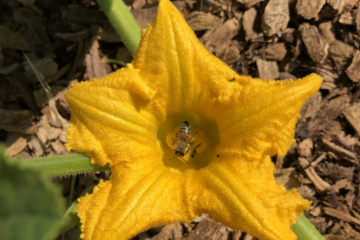Written by Anika Marino, Content Management Intern
This Juneteenth, Each Green Corner wants to recognize the role race plays in food insecurity.
What is Juneteenth?
Juneteenth began in Galveston, Texas in 1865 to celebrate the emancipation of enslaved people. Despite having been issued two and a half years prior, it was not until June 19, 1865 that the Emancipation Proclamation was put into effect after it was announced to enslaved people in Galveston that they were free.
After the deaths of George Floyd and Breonna Taylor in 2020, more attention was drawn to systemic racism and Juneteenth. As a result, in 2021, President Biden signed legislation that made Juneteenth a federal holiday.
How does race affect food insecurity?
While race does not have biological foundation, as it does not make a difference in someone’s biology, race has been used to build systems of oppression that change quality of life for marginalized communities. It is important to realize how the societal structures that force race discrimination play into food insecurity, especially in predominantly white areas such as the Bay Area.
The USDA found that from 2001 to 2016, federal rates of food insecurity were around twice as high for Black and Hispanic households than other communities. Based on data from Feeding America in 2021, 18% of Black communities in California experienced food insecurity in comparison to 6% of white communities in California. However, the historical foundation of race-affected food insecurity lies very deep in local communities regardless of the public’s political beliefs, not just in big cities.

According to the Alameda County Community Food Bank (ACCFB), redlining counties based on race has a long history in the area. Redlining refers to a grading system used to deny people financial access based on race or ethnicity, relying on their residency in neighborhoods that house mostly minorities. Today in Alameda County, higher rates of food insecurity are still mainly concentrated on the areas that were determined to have a higher percentage of Black, Indigenous, People of Color (BIPOC) residents that were redlined in the 1940s.
Black communities tend to be at higher risk, says Feeding America, around 20% of Black individuals experienced food insecurity in 2021. This was three times the rate at which white households experienced food insecurity the same year. Systemic racism has played a role in this constantly in American history, ensuring that many Black communities could not gain generational wealth and maintain secure housing.
This instability is embedded deep within the history of the Bay Area. The factors that contribute to food insecurity are incredibly related to systemic racism, and to ignore that portion of how generational wealth and racial privilege tie into quality of life would be to ignore the way in which the United States takes advantage of people of color, and especially Black Americans.
This Juneteenth, do not forget the way in which the US has and still does exploit people of color.
Click here to donate to the Black Lives Matter movement
Click here to donate to the NAACP
Sources:
Home Page — juneteenth.com
What is Juneteenth? — The New York Times
Examining the Impact of Structural Racism on Food Insecurity: Implications for Addressing Racial/Ethnic Disparities — National Library of Medicine
Food Insecurity among Population in the United States — Feeding America
Roots of Hunger: A look at current food insecurity in historically redlined neighborhoods — Cameron Denney
Redlining — Cornell Law School: Legal Information Institute
Hunger hits Black communities harder — Feeding America
Photos:
Juneteenth 2021 Image — USAG- Humphreys, CC BY 2.0, Unedited
Trends in food insecurity by race and ethnicity, 2001-21 — USDA



0 Comments